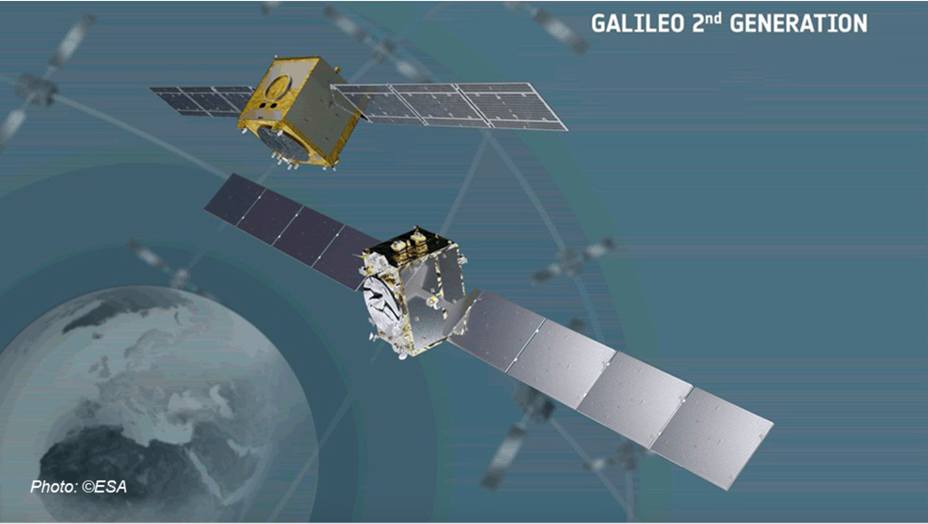In the era of rapidly advancing aerospace technology, the European Space Agency (ESA) is upgrading its Hertz 2.0 test facility with sophisticated antenna measurement technology from Microwave Vision Group (MVG) to meet the high-precision demands of future satellite testing.

Innovations in the New Hertz 2.0 Test Facility
The transformation of the Hertz 2.0 test facility is marked by several key enhancements:
● Enhanced Flexibility: MVG's large multi-axis positioning systems enable medium and heavy-duty Devices Under Test (DUTs) to undergo high-precision testing at any angle, significantly boosting the flexibility of the testing process.
● Contract Execution: MVG has secured contracts with ESA to provide additional technological support for the Hertz 2.0 at the European Space Research and Technology Centre (ESTEC), including positioning systems for the Compact Antenna Test Range (CATR) feed source.
Technical Highlights
Designed by MVG, the large PNF scanner not only enhances testing capabilities but also meets the challenge of being concealed behind the system when not in use. And the Hertz 2.0 facility is substantially larger than its predecessor, ensuring high-precision testing across a broad frequency range from 1 GHz to several hundred GHz. The design accommodates the integrated nature of electronic equipment and antenna systems in contemporary satellites, allowing testing of the largest satellites and their complex RF payloads.
Innovations in Positioning Systems
Installed in the anechoic chamber are two MVG positioning subsystems: a heavy-duty tower for testing complete satellite payloads and a medium system suited for lighter DUTs. The new feed source positioner can accurately locate the feed horn at the focus of the dual-reflector compact range system and is capable of scanning across the focal plane.
Importance of High-Precision Testing
Characterization of High-Performance Antennas: Particularly crucial in the space environment, the use of a near-field planar scanner configuration avoids the need to move large DUTs, optimizing measurement efficiency.
Integration of Software and Technology
MVG's WaveStudio antenna measurement software will be utilized for data acquisition, visualization, and post-processing, enhancing the efficiency of testing. The positioning system can be adjusted according to the mechanical characteristics of the DUT, allowing for the most suitable measurement technique to be chosen between CATR and PNF.
Conclusion
The positioning systems and PNF scanners provided by MVG will significantly enhance the testing capabilities at ESTEC. The Hertz 2.0 is poised to become a leader in the field of electromagnetic testing and measurement, driving innovation and progress in European satellite development and space applications.
Website: www.conevoelec.com
Email: info@conevoelec.com







